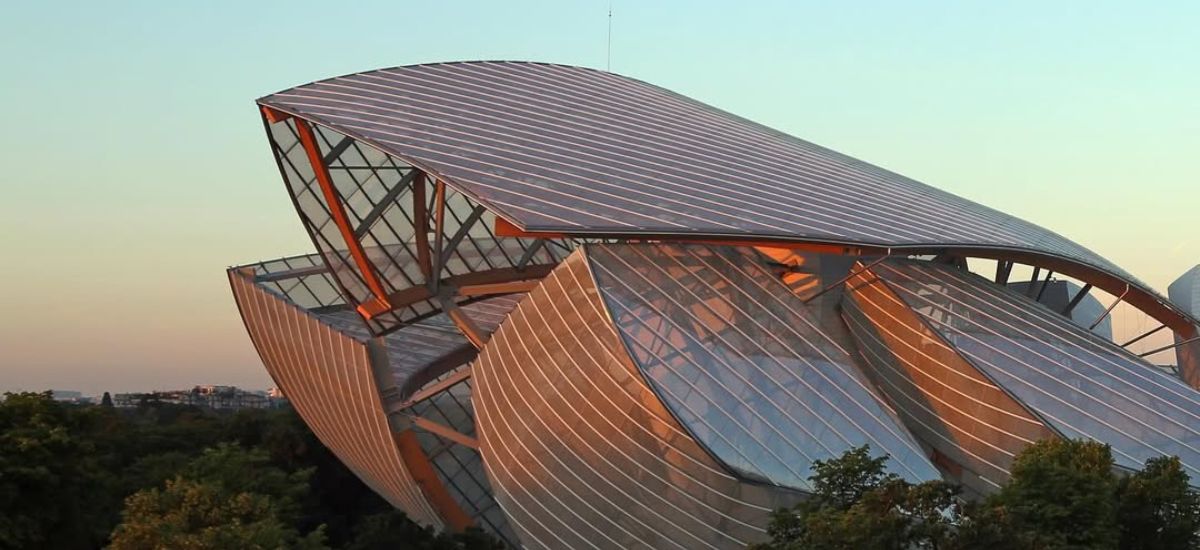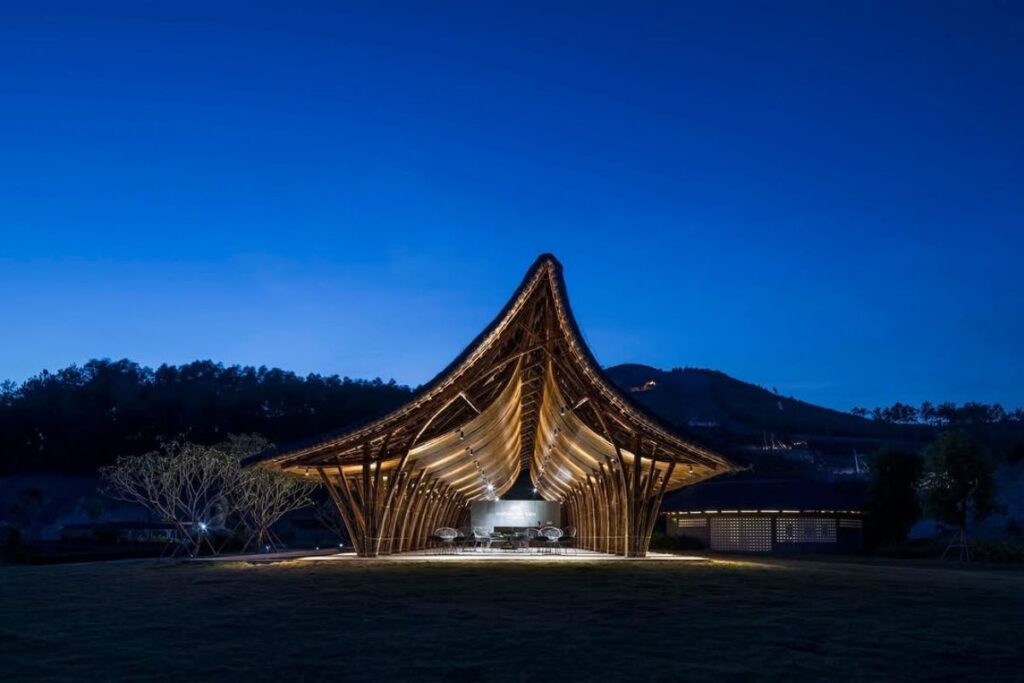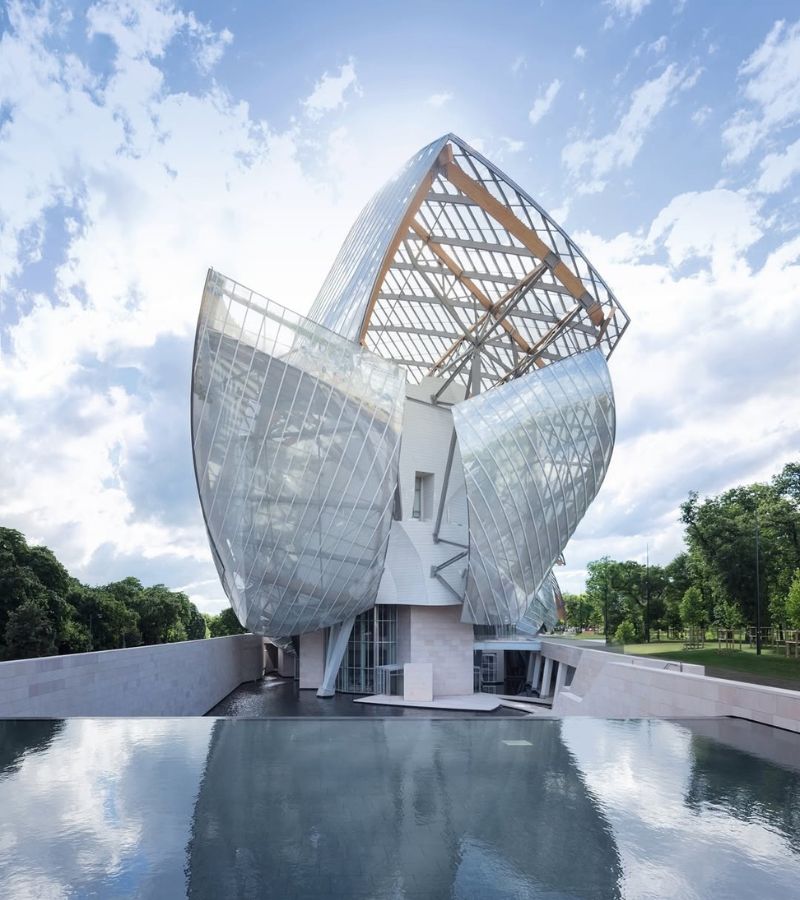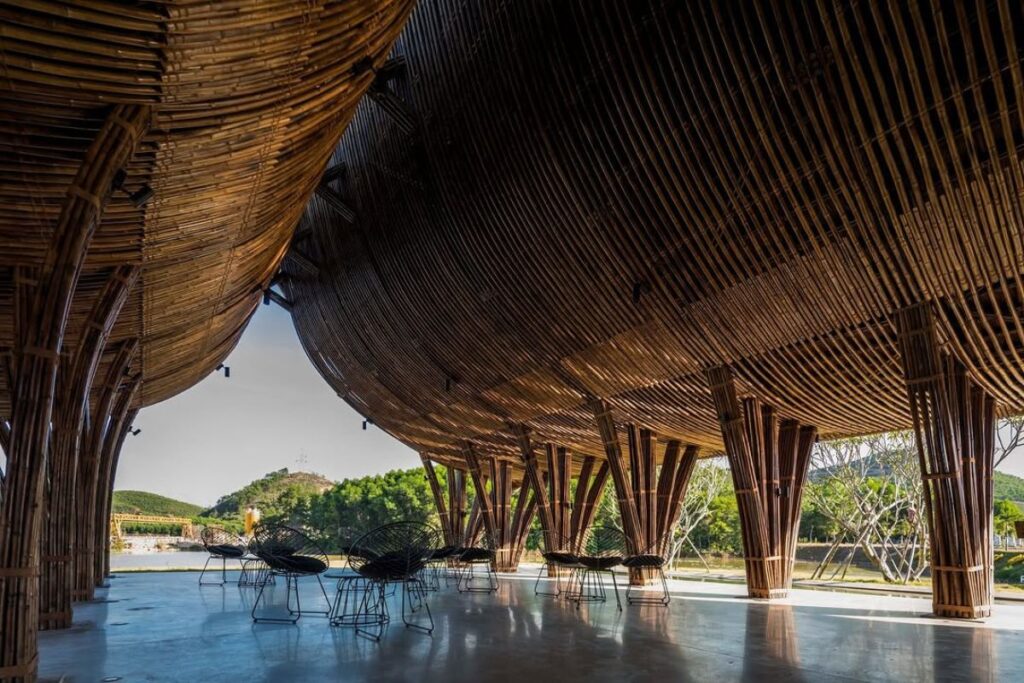Forget straight lines and predictable facades! The world of architecture has seen its share of rebels. These rebellious architects have defied convention, giving us innovative architectural designs that challenge our perceptions. They have reshaped skylines and redefined spaces, proving that architecture can be a powerful tool for social change. Let’s celebrate these architectural revolutionaries who broke the rules and changed the world.
Rule Breakers: Architects Who Redefined Design
Meet the rebellious architects who defied norms, reshaped skylines, and proved that architecture can be a tool for social change and environmental impact.
Por: Angela Leon Cervera



What Makes an Architect “Rebellious”?
It’s more than just quirky angles or unconventional materials. Rebellious architects challenge the norms of their time. They question established practices and prioritize social impact over mere aesthetics.
For architects like Santiago Cirugeda, design is about matching available materials with the skills of those eager to build. This approach emphasizes community involvement and resourcefulness, rather than adhering strictly to traditional architectural methods.
These architects shake up expectations of what buildings can be. They strive for authenticity and put people first. This mindset leads to designs that resonate with the communities they serve, fostering a sense of belonging and purpose.

Which iconic architects Dared to Be Different?
Consider Yasmeen Lari, Pakistan’s first female architect. Lari has turned to traditional techniques to design flood- and earthquake-proof buildings for people in remote regions. Since 2010, she has built over 36,000 houses for victims of natural disasters in Pakistan, demonstrating how architecture can respond to urgent social needs.
Another example is Eyal Weizman, who uses architecture as a means of resistance. Through his project Forensic Architecture, he transforms a building’s military wounds into evidence used against the state in investigations of war crimes. His innovative approach combines architectural analysis with visual technologies, bringing attention to political injustices.
These figures exemplify a commitment to change. They represent the activist role of architects who seek to make a difference through their work.
How Do These Designers Change Architecture?
These designers who changed architecture push boundaries in multiple ways. They embrace sustainability as a core principle, creating designs that are not only visually striking but also environmentally responsible.
For instance, Vo Trong Nghia focuses on returning greenery to Vietnam’s urban areas while designing affordable homes for impoverished communities. His work blends innovation with tradition, emphasizing harmony with nature.
Rebellious architects also reimagine the purpose of buildings. They create structures that inspire and provoke thought. The work of Frank Gehry exemplifies this approach; his deconstructivist designs challenge conventional forms and encourage viewers to engage with space differently.
Moreover, these architects redefine our relationship with space itself. By prioritizing open layouts and communal areas, they foster collaboration and connection among users. This shift reflects a broader societal trend toward valuing experiences over material possessions.
Rebellious architects shape our world in profound ways. Their innovative architectural designs challenge us to reconsider our built environment and its impact on society. By questioning norms and pushing boundaries, these architectural revolutionaries leave a lasting legacy that inspires future generations.
As we explore their contributions, we recognize that architecture is not merely about constructing buildings; it is about creating spaces that reflect our values and aspirations as a society. These architects remind us that design can be a powerful catalyst for change, urging us to envision a better future through their bold creations.
Defying Convention: The Architects Who Changed the Game
- What defines rebellious architects? Architects who challenge norms and prioritize social impact through their designs.
- Can you name an iconic architect who broke the rules? Yasmeen Lari is a leading example as Pakistan’s first female architect.
- What are some examples of innovative architectural designs? Designs using recycled materials or disaster-relief shelters exemplify innovation in architecture.
- How do architectural revolutionaries impact society? By rethinking urban spaces and prioritizing community needs over traditional aesthetics.
- Where can I learn more about designers who changed architecture? Documentaries, architectural publications, and exhibitions provide valuable insights into their work.
If you liked this article about rebellious architects, please share it. You may also enjoy our feature on the best art exhibitions of 2025 or our article on ephemeral art and its impact on modern creativity. Check out the other articles in our Discover section.
